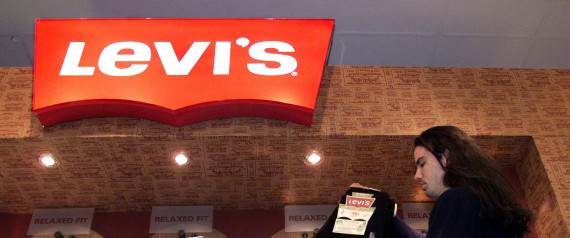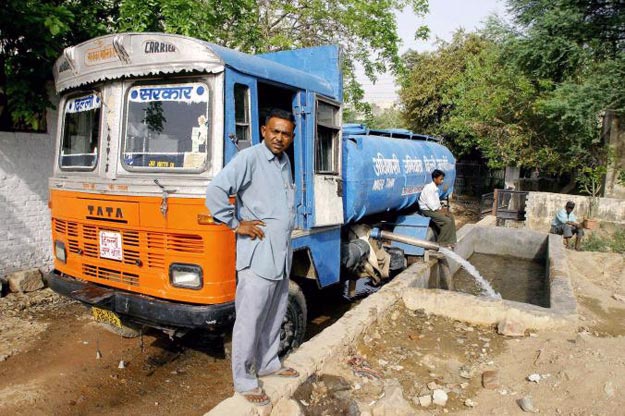Levi’s has announced it’s saved 1 billion liters of water in its manufacturing process. That’s enough to fill 400 Olympic-size pools. That’s enough to make a huge water-footprint dent. That’s enough to provide H20 for days for all of its high-waisted-wearing hipster clientele in New York.
 Paul Dillinger, Levi’s vice president of Global Product Innovation, said at a panel Tuesday at South by Southwest that the company has tracked results since 2011 when it began using less water in its finishing process. The reduction efforts include eliminating water during stone washes and combining multiple wet cycles.
Paul Dillinger, Levi’s vice president of Global Product Innovation, said at a panel Tuesday at South by Southwest that the company has tracked results since 2011 when it began using less water in its finishing process. The reduction efforts include eliminating water during stone washes and combining multiple wet cycles.
During the panel, which was moderated by HuffPost Impact, Dillinger also called on consumers to wash their jeans less frequently. Read more





